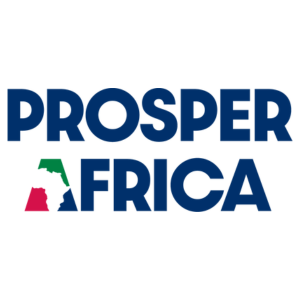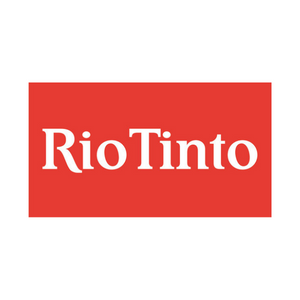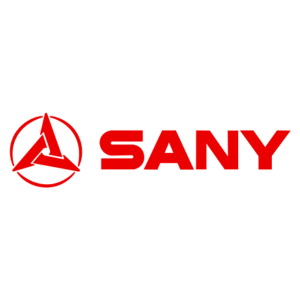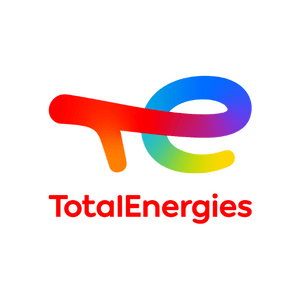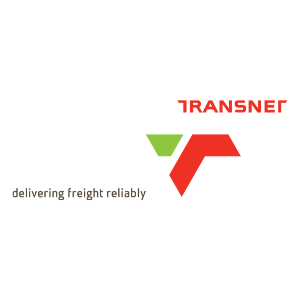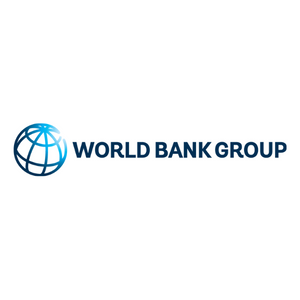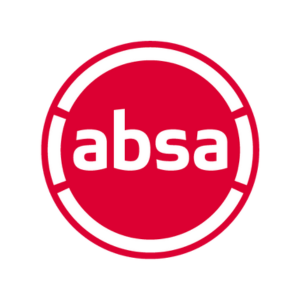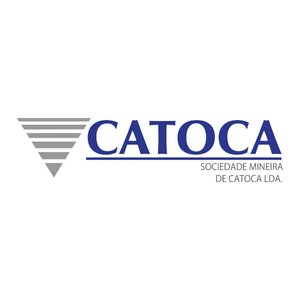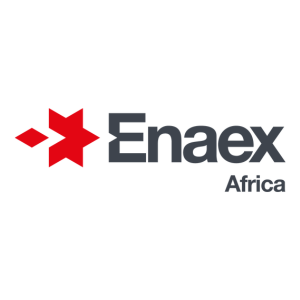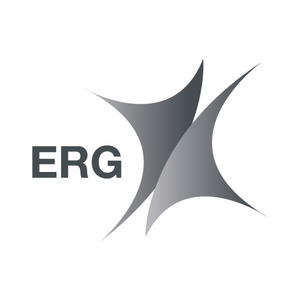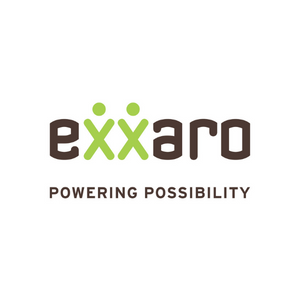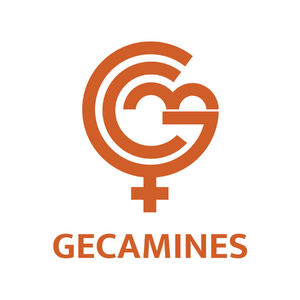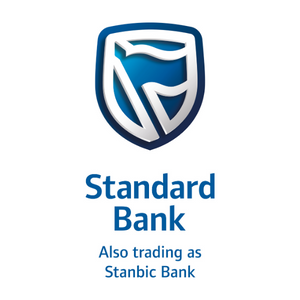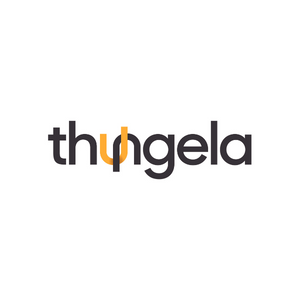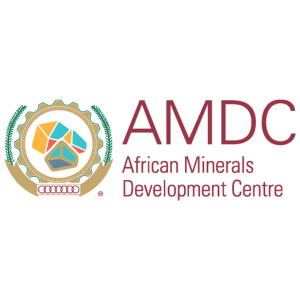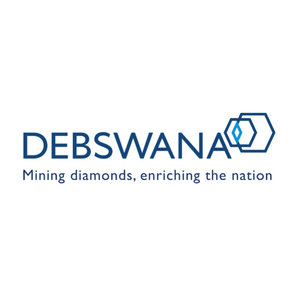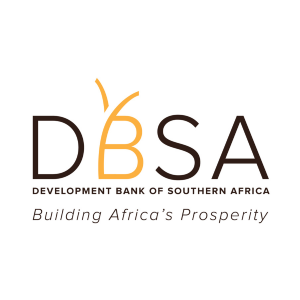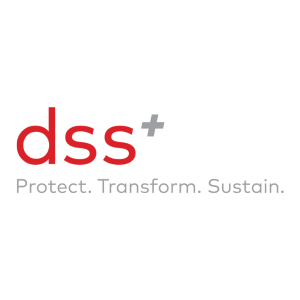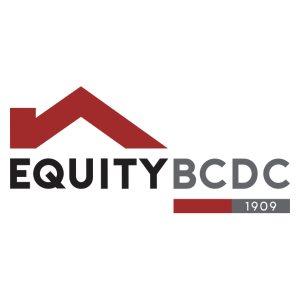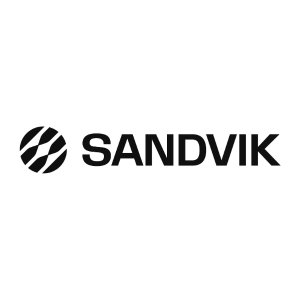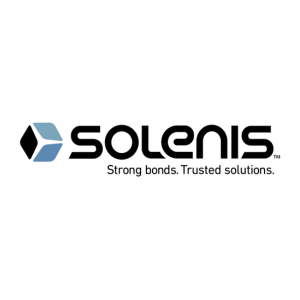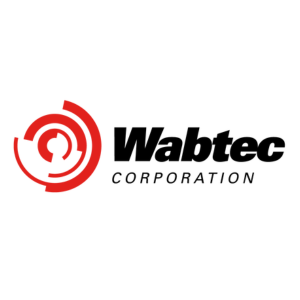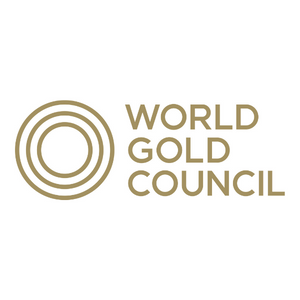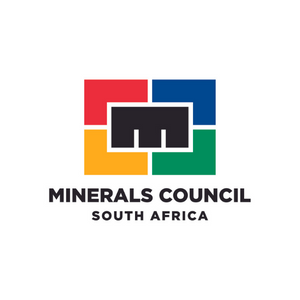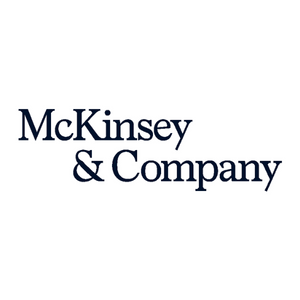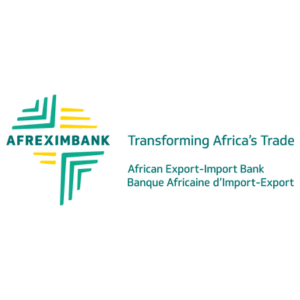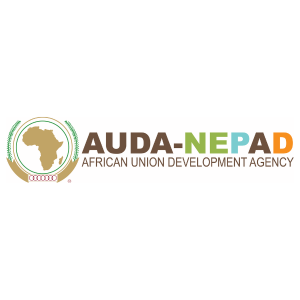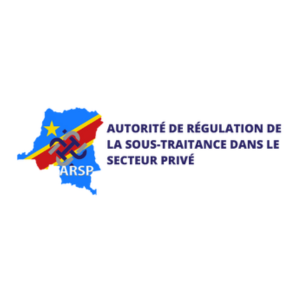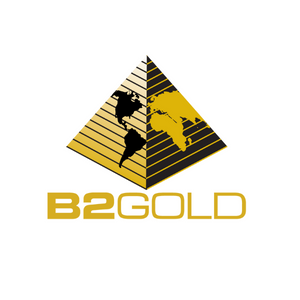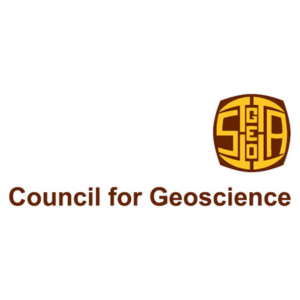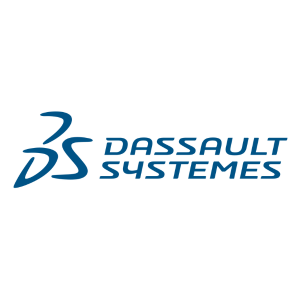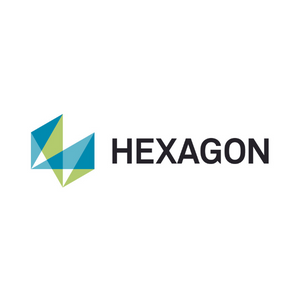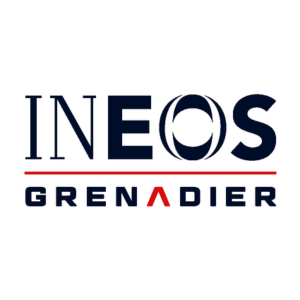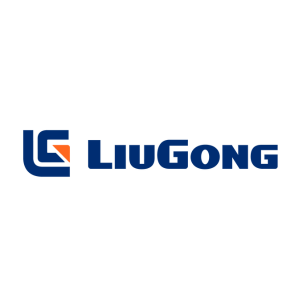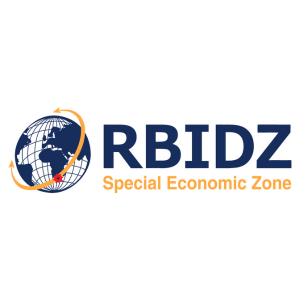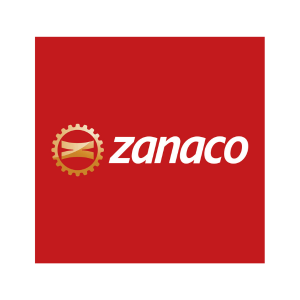Investors are increasingly integrating ESGs into their investment process
Within the mining and minerals sector, investors are increasingly integrating environmental, social and governance (ESG) into their investment process to help secure capital during fundraising, identify risks during due diligence, capitalise on opportunities post-acquisition, and facilitate information disclosure in exit. It seems that the rise in responsible investment is inexorable. The Principles for Responsible Investment (PRI) now boasts over 2,300 signatories, representing close to a dizzying $90trn in assets under management.
However, Aidan Davy, chief operating officer of the International Council on Mining and Minerals (ICMM) believes that increased opacity is required. “Investors rarely disclose specific details about their internal processes for integrating ESG factors into investment decision-making, and the relative weight assigned to ESG factors is completely opaque,” he says. “A double standard applies to disclosures. Investors express frustration with mining companies’ inability to provide readily comparable data on an asset-by-asset basis to facilitate the investment decision-making process.
“However, they are typically coy about how they use the information – their descriptions of how they integrate ESG factors vary from science to art to alchemy. So, mining companies are likely to be subject to increasing demands for ESG data and details of how they factor ESG issues into their allocation of capital but can’t expect reciprocity from investors in terms of disclosure of their investment processes.”
He believes that while the growth in responsible investment implies dramatic progress over the past decade, much greater line of sight on how ESG issues are integrated into investment decision-making is required if this is to become a driver of responsible behaviour on the part of companies. “I also believe the investment community needs to pay much more attention to the quality of management of ESG issues rather than data disclosures that are often of dubious value, and move beyond a narrow focus on risks with a direct and tangible connection to enterprise value. Lastly, they also need to find a way to give credit for social value-creation,” he adds.
Increased litigation causes concern
Regulatory non-compliance and perceived failures to implement and uphold ethical practices have led to a spate of litigation on ESG-related matters against mining companies, particularly on health and safety and environmental issues. “Activist shareholders staging protests at AGMs and other company meetings has also become a real concern for mining businesses,” Jonathan Brooks, mining lawyer at Field Fisher, explains. “Extractives companies are facing sharper scrutiny of the way they handle various environmental issues, including pollution, tailings management, habitat protection and site remediation; and social concerns, such as the rights of indigenous people, health and safety, security and workforce rights.”
The growing emphasis on ethics and sustainability is being driven by customers, investors, regulators and industry initiatives – as well as a genuine desire among some companies to conduct their operations in a sustainable way. Various influential international bodies have set, or are in the process of setting, standards that mining companies are now being held to. One such organisation is The London Metals Exchange (LME). Mid 2019 the LME launched a formal market-wide consultation on proposed rules for the application of responsible sourcing principles to all LME-listed brands.
“Our comprehensive market engagement exercise has revealed strong support for the LME taking action on this important topic,” Matthew Chamberlain, LME CEO, commented. “Based on the constructive feedback of civil society organisations, we have enhanced our transparency requirements, and at the same time, we have respected the views of producers who have called for more achievable timelines and a clearly-defined reporting process.”
A focus on safety management
Simon Redmond, principal credit analyst as SPG Global explains that the social risks for metals and mining entities mainly stem from the sector's exposure to safety management and social cohesion. “Safety management is a key risk given the heavy use of large and dangerous equipment as well as the fact that some mining sites are located in remote and sometimes hostile environments,” he says. “Social cohesion refers specifically to social license to operate, given the land use and disruptions that mining sites can create for the local communities in proximity. Governments around the globe are increasingly demanding social infrastructure and other forms of social responsibility from miners.
“Governance risks in metals and mining are largely driven by the entities' risk culture, degree of complexity, and location of businesses. Long-term business continuity is key, as it ensures alignment between stockholders and stakeholders. Poorer governance tends to be more recurrent among junior mining companies whose financial strength is generally weaker, and who do businesses in riskier jurisdictions and are more focused on short-term gains.”
Feeding the drive for green technology
One emerging challenge is the responsible sourcing of conflict minerals. Keeping climate change within manageable bounds will require a wide adoption of green technologies. Many of these technologies, however, rely on the use of minerals sourced in high-risk areas with poor human rights practises. The most significant example of this being cobalt, an essential component in the cathode of rechargeable lithium-ion batteries powering electric vehicles, sourced mainly in the Democratic Republic of Congo. However, while supply chain governance for certain minerals, including tin, tungsten, tantalum, gold and diamonds, is improving, such initiatives have not yet been expanded to include most of the minerals and metals central to green energy technologies. As a result, a wide array of stakeholders are calling for companies in the sector to go beyond legislative requirements and implement a broader approach to responsible sourcing.
According to a report late last year from VigeoEiris, half of mining and metals companies integrate ESG objectives in their remuneration policy. “The sector is showing leadership on the integration of ESG risk factors into its Corporate Governance Strategy and internal risk processes,” the report says. “Almost 50% of M&M companies in the sector take into consideration CSR issues when determining variable remuneration of their executives, in comparison to only 17% of companies in VigeoEiris’ universe.”
Mining Indaba 2020 will be hosting unmissable pioneering insights and genuine thought-leading discussions with industry heavyweights from across the value chain on the subject of environmental, social and corporate governance - we’ve highlighted the top must-attend sessions:
Sustainable Development Day Stage
4th February - full day
Main Stage:
3rd February
12:00 – 12:40 DRC focus
Examining the DRC: The rise of cobalt, copper & gold, and where next for the mining code and mining under the new administration?
5th February
11:15 – 12:00 – WGC Deep Dive: Responsible Gold Mining Principles (RGMPs) & Sustainability
12:00 – 13:00 Artisanal Mining focus
14:00 – 14:50 Panel: Climate Change & Sustainability focus
However, Aidan Davy, chief operating officer of the International Council on Mining and Minerals (ICMM) believes that increased opacity is required. “Investors rarely disclose specific details about their internal processes for integrating ESG factors into investment decision-making, and the relative weight assigned to ESG factors is completely opaque,” he says. “A double standard applies to disclosures. Investors express frustration with mining companies’ inability to provide readily comparable data on an asset-by-asset basis to facilitate the investment decision-making process.
“However, they are typically coy about how they use the information – their descriptions of how they integrate ESG factors vary from science to art to alchemy. So, mining companies are likely to be subject to increasing demands for ESG data and details of how they factor ESG issues into their allocation of capital but can’t expect reciprocity from investors in terms of disclosure of their investment processes.”
He believes that while the growth in responsible investment implies dramatic progress over the past decade, much greater line of sight on how ESG issues are integrated into investment decision-making is required if this is to become a driver of responsible behaviour on the part of companies. “I also believe the investment community needs to pay much more attention to the quality of management of ESG issues rather than data disclosures that are often of dubious value, and move beyond a narrow focus on risks with a direct and tangible connection to enterprise value. Lastly, they also need to find a way to give credit for social value-creation,” he adds.
Increased litigation causes concern
Regulatory non-compliance and perceived failures to implement and uphold ethical practices have led to a spate of litigation on ESG-related matters against mining companies, particularly on health and safety and environmental issues. “Activist shareholders staging protests at AGMs and other company meetings has also become a real concern for mining businesses,” Jonathan Brooks, mining lawyer at Field Fisher, explains. “Extractives companies are facing sharper scrutiny of the way they handle various environmental issues, including pollution, tailings management, habitat protection and site remediation; and social concerns, such as the rights of indigenous people, health and safety, security and workforce rights.”
The growing emphasis on ethics and sustainability is being driven by customers, investors, regulators and industry initiatives – as well as a genuine desire among some companies to conduct their operations in a sustainable way. Various influential international bodies have set, or are in the process of setting, standards that mining companies are now being held to. One such organisation is The London Metals Exchange (LME). Mid 2019 the LME launched a formal market-wide consultation on proposed rules for the application of responsible sourcing principles to all LME-listed brands.
“Our comprehensive market engagement exercise has revealed strong support for the LME taking action on this important topic,” Matthew Chamberlain, LME CEO, commented. “Based on the constructive feedback of civil society organisations, we have enhanced our transparency requirements, and at the same time, we have respected the views of producers who have called for more achievable timelines and a clearly-defined reporting process.”
A focus on safety management
Simon Redmond, principal credit analyst as SPG Global explains that the social risks for metals and mining entities mainly stem from the sector's exposure to safety management and social cohesion. “Safety management is a key risk given the heavy use of large and dangerous equipment as well as the fact that some mining sites are located in remote and sometimes hostile environments,” he says. “Social cohesion refers specifically to social license to operate, given the land use and disruptions that mining sites can create for the local communities in proximity. Governments around the globe are increasingly demanding social infrastructure and other forms of social responsibility from miners.
“Governance risks in metals and mining are largely driven by the entities' risk culture, degree of complexity, and location of businesses. Long-term business continuity is key, as it ensures alignment between stockholders and stakeholders. Poorer governance tends to be more recurrent among junior mining companies whose financial strength is generally weaker, and who do businesses in riskier jurisdictions and are more focused on short-term gains.”
Feeding the drive for green technology
One emerging challenge is the responsible sourcing of conflict minerals. Keeping climate change within manageable bounds will require a wide adoption of green technologies. Many of these technologies, however, rely on the use of minerals sourced in high-risk areas with poor human rights practises. The most significant example of this being cobalt, an essential component in the cathode of rechargeable lithium-ion batteries powering electric vehicles, sourced mainly in the Democratic Republic of Congo. However, while supply chain governance for certain minerals, including tin, tungsten, tantalum, gold and diamonds, is improving, such initiatives have not yet been expanded to include most of the minerals and metals central to green energy technologies. As a result, a wide array of stakeholders are calling for companies in the sector to go beyond legislative requirements and implement a broader approach to responsible sourcing.
According to a report late last year from VigeoEiris, half of mining and metals companies integrate ESG objectives in their remuneration policy. “The sector is showing leadership on the integration of ESG risk factors into its Corporate Governance Strategy and internal risk processes,” the report says. “Almost 50% of M&M companies in the sector take into consideration CSR issues when determining variable remuneration of their executives, in comparison to only 17% of companies in VigeoEiris’ universe.”
Mining Indaba 2020 will be hosting unmissable pioneering insights and genuine thought-leading discussions with industry heavyweights from across the value chain on the subject of environmental, social and corporate governance - we’ve highlighted the top must-attend sessions:
Sustainable Development Day Stage
4th February - full day
Main Stage:
3rd February
12:00 – 12:40 DRC focus
Examining the DRC: The rise of cobalt, copper & gold, and where next for the mining code and mining under the new administration?
5th February
11:15 – 12:00 – WGC Deep Dive: Responsible Gold Mining Principles (RGMPs) & Sustainability
12:00 – 13:00 Artisanal Mining focus
14:00 – 14:50 Panel: Climate Change & Sustainability focus
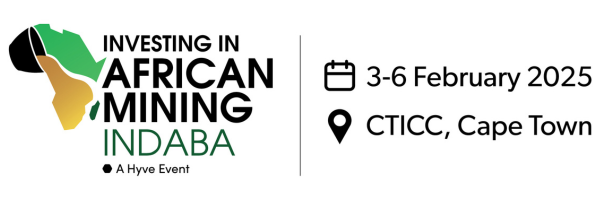
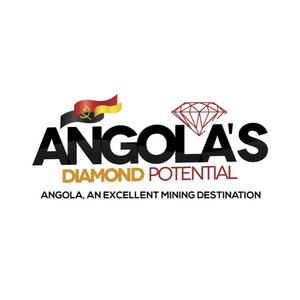

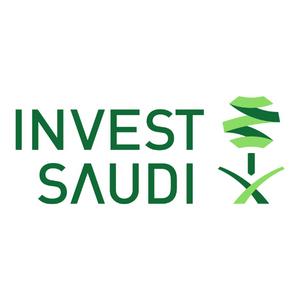
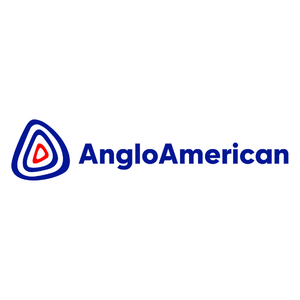
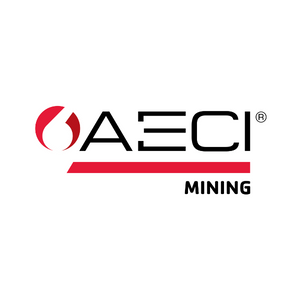
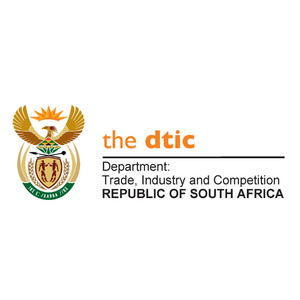
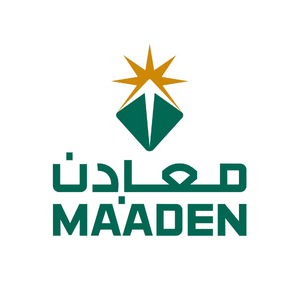
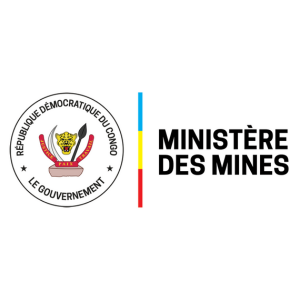

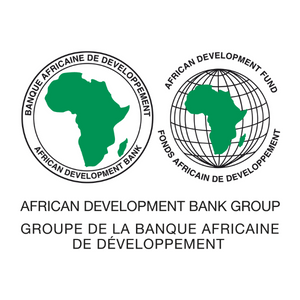
-min.png?ext=.png)

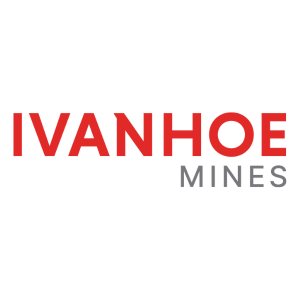
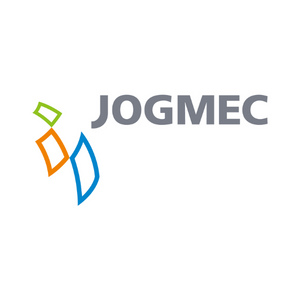

_1.png?ext=.png)

